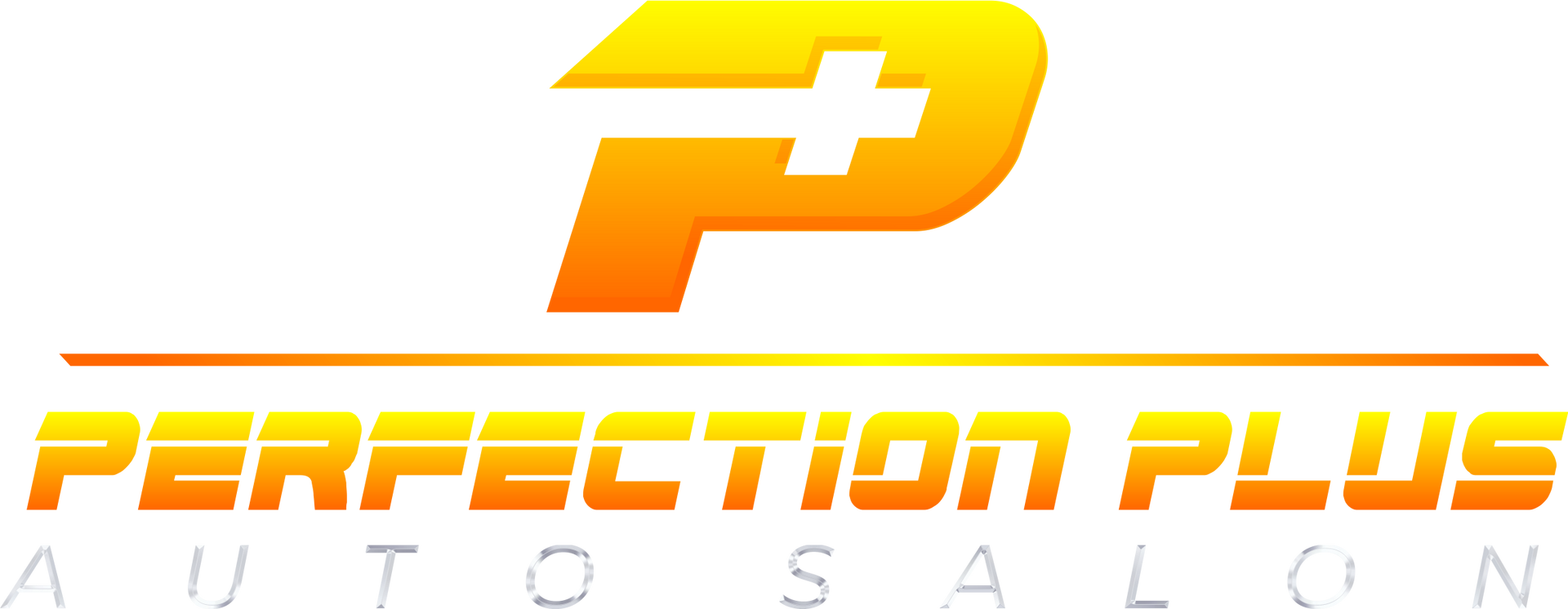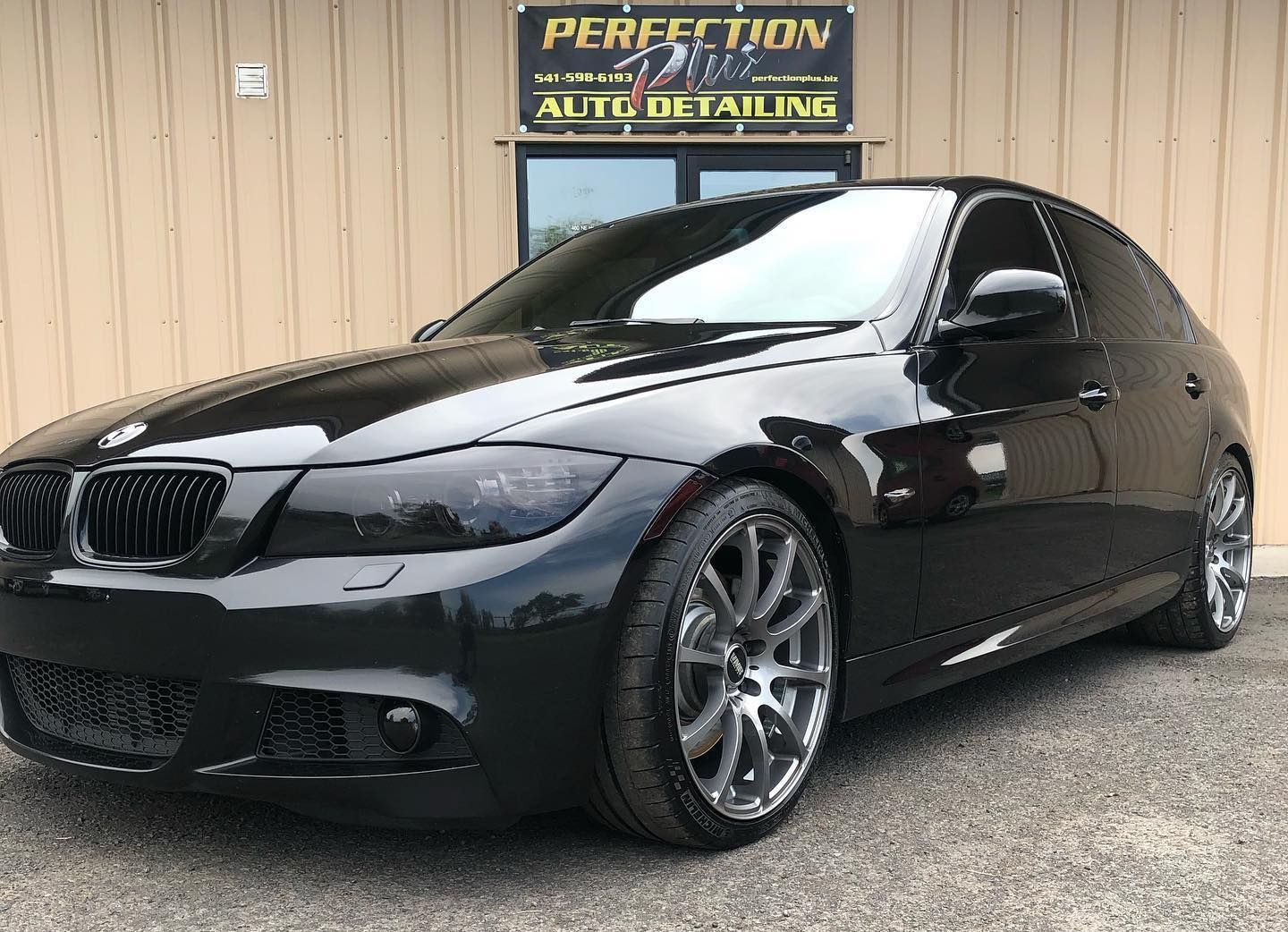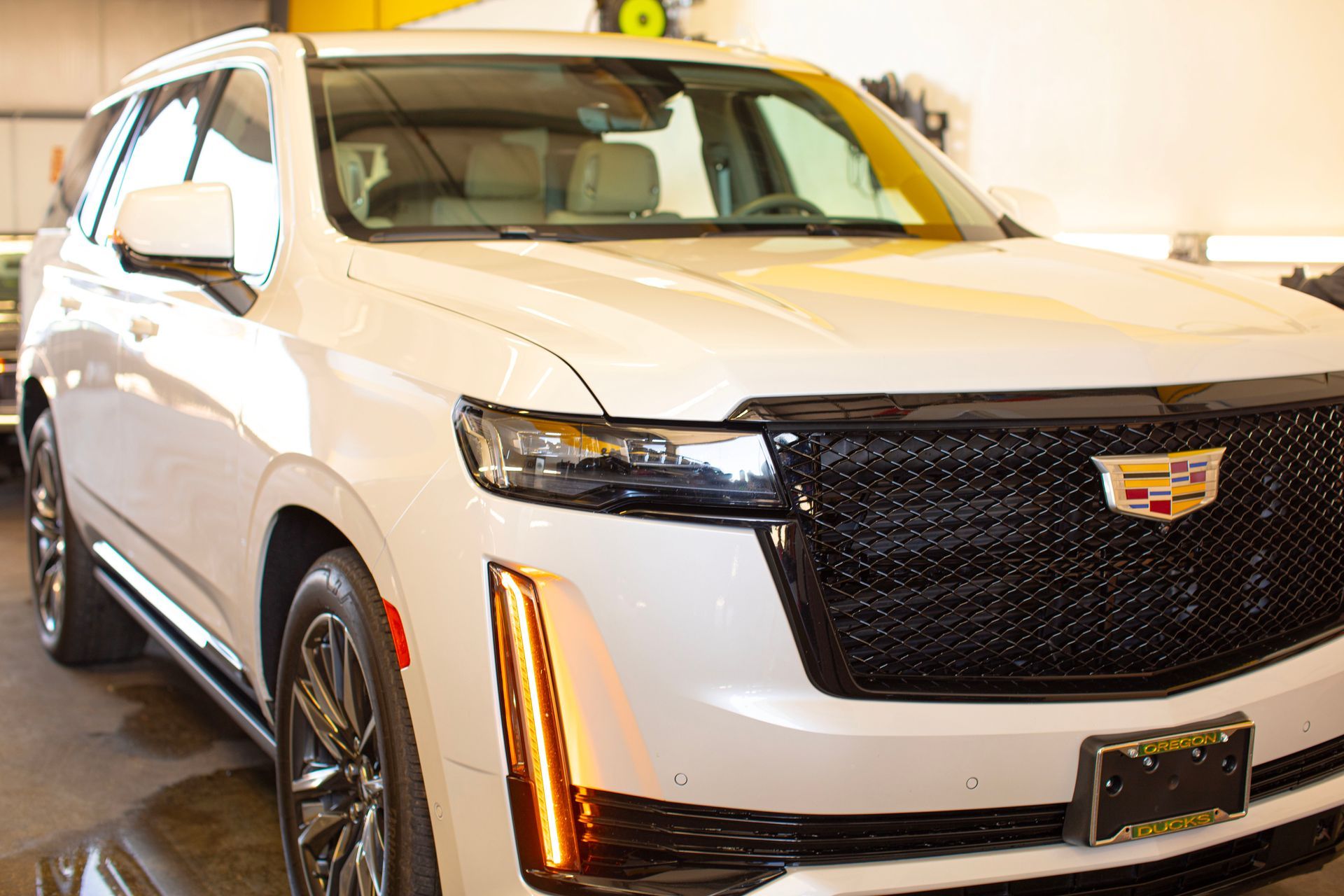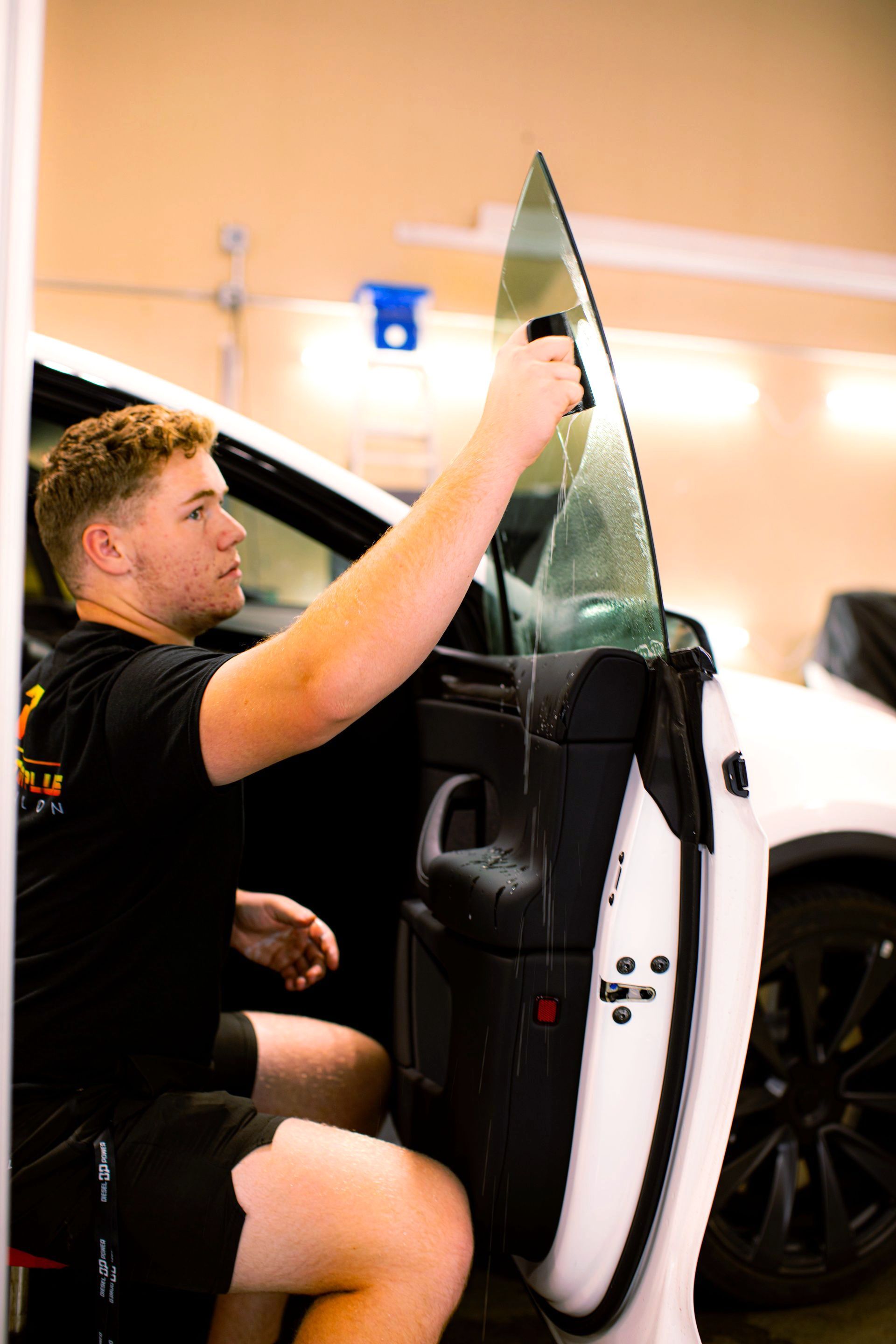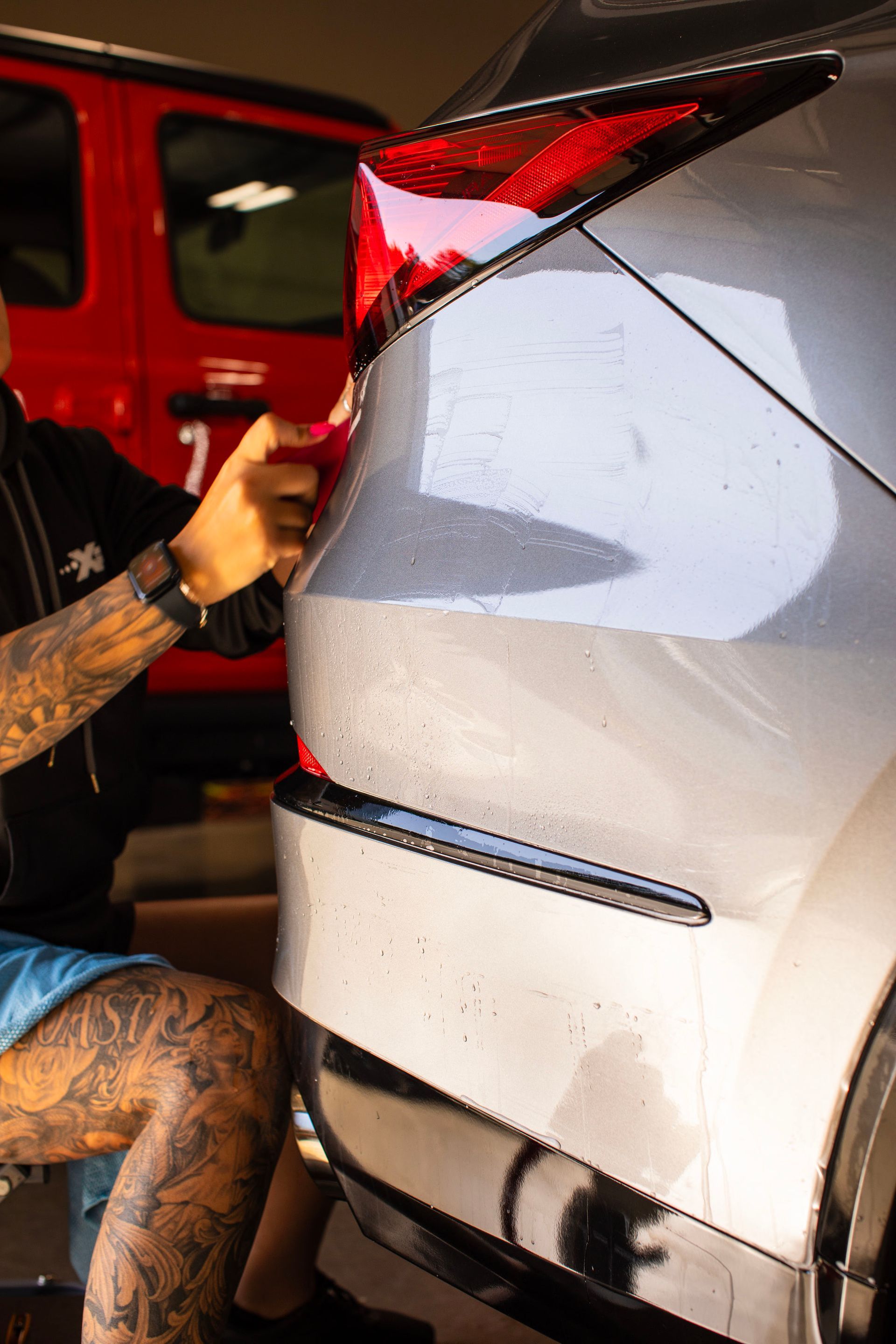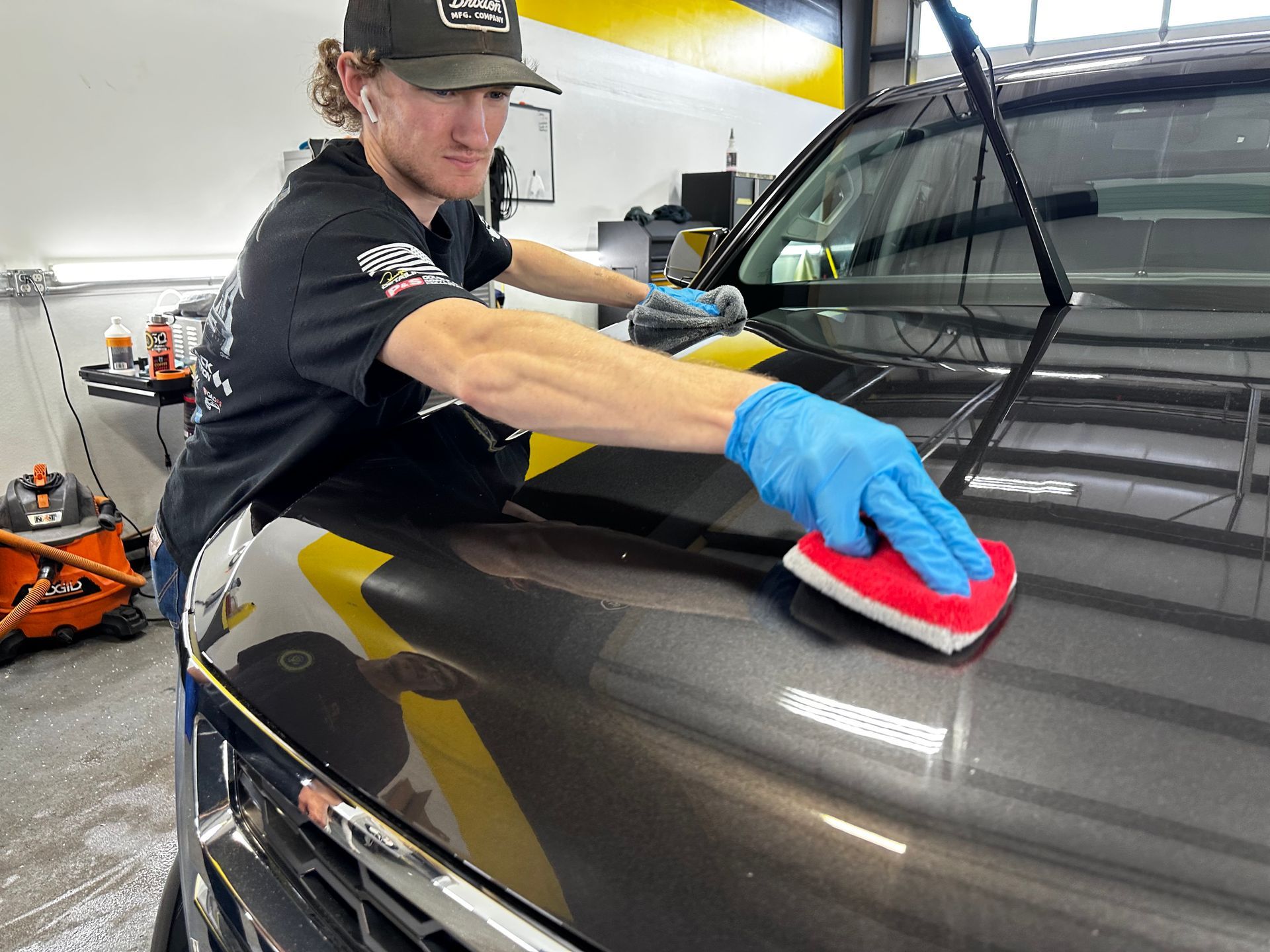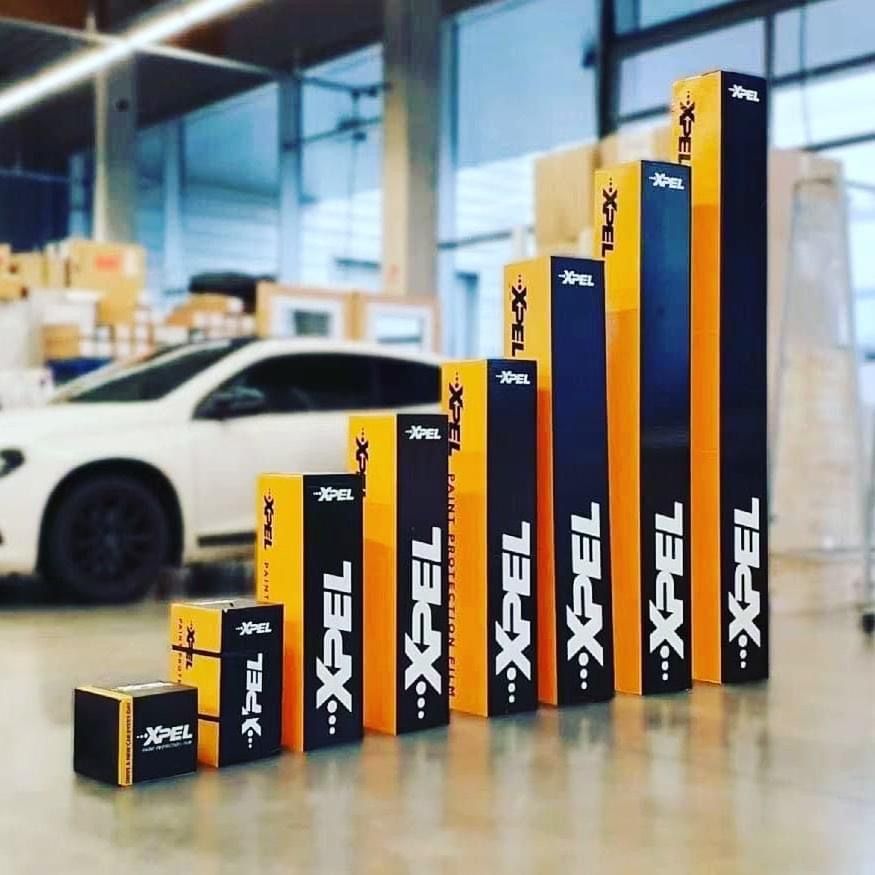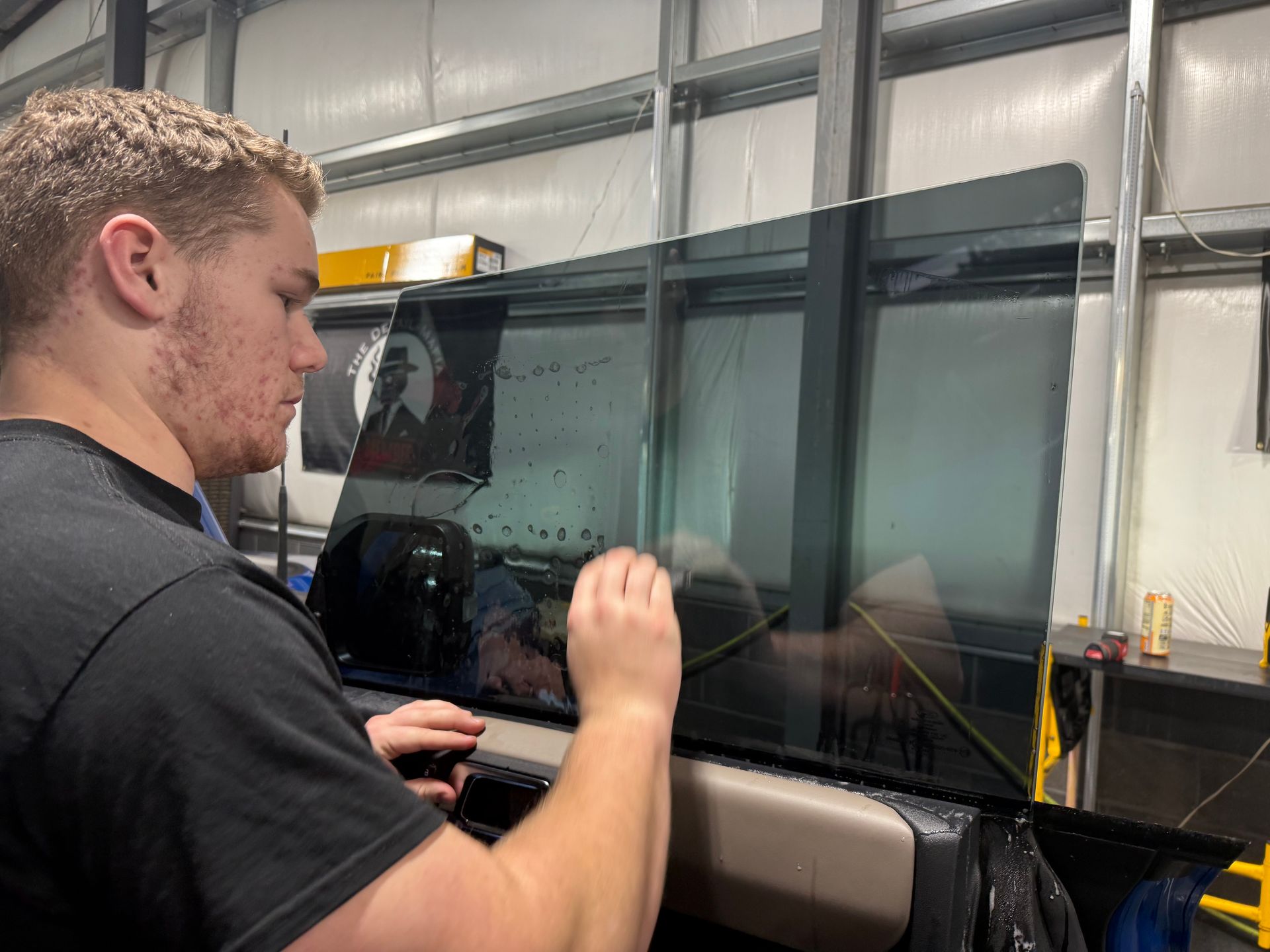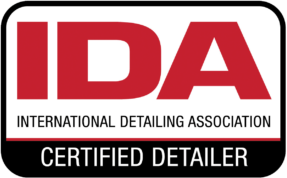How to Spot a Quality Ceramic Coating Installation: Key Signs to Look For
GET A FREE ESTIMATEInvesting in a ceramic coating for your car is not just about adding shine; it's about safeguarding your vehicle’s paint for years. As a car enthusiast, you understand that not all detailers deliver on their promises. To ensure your investment truly protects your prized possession, it's crucial to recognize signs of quality installation. Professional ceramic coatings offer benefits beyond traditional waxes—like extended durability, impressive water repellency, and an eye-catching gloss.
A quality ceramic coating installation is indicated by proper surface preparation, an even and glossy finish free of imperfections, and the presence of a warranty that reflects the installer’s confidence in their work. Additionally, the use of reputable ceramic coating products and attention to detail during the application process are key factors that demonstrate the professionalism of the installer.
What to Expect from a Ceramic Coating
One of the most appealing aspects of investing in a ceramic coating is its promise of long-lasting protection. Unlike traditional waxes or sealants that often need reapplication every few months, a quality ceramic coating is designed to stand the test of time. Generally, these coatings can provide protection for anywhere between 2 and 5 years, depending on factors such as the specific product used and how well it was applied. For those seeking even greater durability, top brands claim their products can endure up to an impressive 7 years with appropriate maintenance. This extended lifespan not only saves you money over time but also offers peace of mind knowing your vehicle has an effective protective layer.
Beyond just longevity, another fascinating feature of ceramic coatings is their superior hydrophobic properties, which play a significant role in maintaining your vehicle's cleanliness. Hydrophobic properties are basically the magic behind why water just won't stick to surfaces treated with ceramic coatings. When rain hits your car, instead of forming sheets that cling to the paint, the water beads up and rolls off effortlessly. This action helps lift dirt and contaminants along with it, making regular washing much easier—almost like there's a natural shield at work! Not only does this reduce the frequency and effort involved in cleaning your car, but it also aids in keeping your vehicle looking pristine. Imagine how much joy that convenience brings on rainy days when you don’t have to worry about muddy splashes marring your beautiful coat!
As we dive deeper into expectations, we cannot overlook the third major advantage: a high gloss finish that truly elevates your car's aesthetics. A properly applied ceramic coating results in an incredibly glossy appearance that enhances both depth and clarity of your vehicle’s paint job. Picture a showroom shine—each curve reflecting light brilliantly, colors appearing more vibrant and alive, almost as if the car has been polished with a fine mirror finish. It's worth noting that when evaluating the quality of the ceramic coating application, look for not just glossiness but also a sharpness in color and a seamless reflection from the surface. Understanding these critical aspects may help you recognize what to look for during an installation process that reflects professionalism and quality craftsmanship.
Signs of Professional Application
One of the most telling signs of a professional-level ceramic coating installation is even coverage across all surfaces. When you examine your vehicle, you should notice that every panel reflects light uniformly, with no areas appearing less glossy or entirely dull. This consistency isn’t just about aesthetics; it’s essential for the longevity of the coating, as uneven application can lead to premature wear and tear in some spots while others may suffer from inadequate protection. Remember, if your eyes catch any non-uniformity under different lighting conditions, it’s a clear signal that something went awry during the installation process. Ensuring an even layer ensures not only beauty but also durability.
Another crucial aspect to consider is the lack of streaks and smudges on the finished surface. A high-quality ceramic coating should give off a clean, polished look without any distracting marks. These imperfections indicate carelessness during the process. Whether it’s leftover cleaning agents or improper washing before application, these inconsistencies can compromise both appearance and protection. Moreover, as you run your fingers over the newly coated surface, pay close attention to its texture—it should have a smooth surface feel. After curing, a properly applied ceramic coating feels almost glass-like to the touch. If you encounter rough patches or unevenness, this might signal that contaminants were trapped beneath the coating or that the preparation phase was hurried, leading to subpar adhesion and performance.
Investing time to inspect these signs can prevent costly mistakes down the line. Knowing what constitutes quality application will guide you in selecting a skilled installer who puts meticulous care into their work.
Assessing Durability and Shine
Durability and shine are two critical factors when judging a ceramic coating's value. The long-lasting performance of a coating is essential not only for aesthetic appeal but also for protecting your vehicle's paint. To begin assessing durability, it's helpful to conduct a simple water test a few weeks after the application. This test is straightforward: simply pour a small amount of water onto the coated surface. If the water beads up and rolls off easily, congratulations! This indicates that the coating has genuinely bonded with the paint underneath and is functioning as intended. However, don’t stop there; it’s wise to monitor the beading behavior over time. Observe how well the water continues to bead across the surface in the weeks and months following application. A premium ceramic coating should showcase consistent beading behavior for several months, often visibly outperforming lower-quality alternatives. Just as durability plays a significant role in overall satisfaction, so does consistency in shine.
Evaluating Shine
High-quality ceramic coatings should maintain their glossiness under various lighting conditions. It's not enough for your car to look good in one light; head outside and check it in bright sunlight as well as shaded areas to ensure the shine remains vibrant and uniform. When you observe your vehicle, look closely at how it reflects light—an impressive shine will give it a deep, wet appearance that catches the eye from any angle. For even more precise assessment, consider using a light meter to quantify the gloss level objectively. This tool can measure gloss units (GU), providing valuable data on your ceramic coating's efficacy. Aim for readings above 80 GU, as this figure typically indicates a high-quality ceramic coating that performs well in maintaining its shine over time.
Identifying Common Mistakes
Even the most experienced professionals can falter during the intricate process of applying a ceramic coating. Knowing the potential pitfalls to avoid is beneficial. One notable issue you might encounter is streaks and high spots. These uneven glossy patches are not merely cosmetic defects; they signal an underlying application problem. Streaks can result from an incorrect amount of product being used or from not spreading and buffing the coating evenly across the surface. When you observe these glaring imperfections, it’s a call for concern. They not only affect the appearance but can also indicate that the protective qualities of the coating could be compromised.
Moving from visual issues to more tangible concerns, dust and debris are another common adversary in achieving a flawless finish. Imagine moving through the steps of application only to find small particles trapped beneath the coating—a frustrating scenario that truly undermines its effectiveness. This often happens when surfaces are inadequately cleaned before application; any dust, hair, or contaminants left on the surface will create unsightly blemishes once the coating hardens. Not only do these dirt particles obscure the beauty of your vehicle, but they may also interfere with how well the ceramic coating adheres and performs over time. Regular attention to surface preparation plays a significant role in preventing these mishaps.
Further complicating the matter, insufficient curing time can lead to additional drawbacks that go unnoticed at first glance. Rushing through processes can be tempting, especially if you're eager to showcase your freshly coated vehicle. However, failing to allow adequate curing time prevents the ceramic coating from bonding properly with the surface. The recommended timeframe usually ranges from 24 to 48 hours, depending on product specifications. If the vehicle is removed too soon, it risks not fully developing its protective properties, ultimately resulting in reduced longevity and durability. Investing these initial hours pays dividends in the long run; ensuring everything sets correctly helps avoid both short-term regrets and long-term failures.
Evaluating Installer Credentials
Choosing a qualified installer is vital for a successful ceramic coating application.
Certification and Training
The first step in this process is assessing their certification and training. Reputable installers often hold certifications from prominent ceramic coating manufacturers. This means they have undergone specific training programs that equip them with proper techniques, directly affecting the durability and appearance of the coatings they apply. Not only does this certification signal competence, but it also ensures that the installer is up-to-date with the latest practices and innovations in ceramic coating technology.
Experience and Portfolio
When evaluating an installer's credentials, experience should weigh heavily in your decision-making process. A seasoned installer will have completed numerous applications, enhancing their ability to handle different situations effectively. It’s advisable to ask about the number of projects they’ve successfully completed; exposure to various vehicles and surfaces sharpens their skills significantly. Don’t hesitate to request a portfolio or case studies showcasing their work. A visual representation of past projects allows you to gauge their expertise and sense the standards they maintain.
Customer Reviews
Customer feedback is a treasure trove of insights when selecting your installer. Exploring online reviews on platforms like Google or Yelp gives you a glimpse into others' experiences with the provider. Look beyond the overall ratings—pay special attention to comments regarding quality, reliability, and customer service. These details can reveal how an installer handles challenges, responds to customer inquiries, and ensures satisfaction through all stages of service. Consistent positive feedback serves as a strong indicator that you’re making a sound choice.
Understanding Surface Imperfections
Surface imperfections can significantly compromise both the aesthetic appeal and performance of a ceramic coating. Whether it’s scratches, swirl marks, or oxidation, these flaws disrupt the smooth, glossy finish typical of a well-applied ceramic coating. Imagine putting a beautiful layer on a canvas riddled with blemishes; instead of enhancing its beauty, you might inadvertently highlight those very flaws. This is what happens when surface issues are overlooked prior to application.
To remediate this, paint correction becomes an essential step. It's not just about applying another layer on top; it's about meticulously removing these imperfections first. Professionals employ various techniques to eliminate visible scratches and restore the paint's clarity. By doing so, you set up a clean foundation for the ceramic coating that follows. If one skips this critical process, expect those imperfections to be magnified dramatically once the coating is applied.
Before committing to a ceramic coating application, inspect your vehicle’s surface under bright light or use a paint thickness gauge to check for inconsistencies. These methods enable you to identify areas needing attention—ensuring the surface is perfectly smooth and ready for premium coatings. Correcting these issues may sometimes require professional intervention, especially in severe cases where wet sanding or advanced polishing is needed. Although this preparation phase may appear labor-intensive initially, investing effort here is invaluable for achieving that flawless finish you desire.
By taking these preparatory measures seriously, you not only enhance the longevity and effectiveness of the coating but also safeguard your investment in high-quality detailing services. Through diligent inspection and proper preparation, you'll ensure your ceramic coating installation remains pristine and performs at its best for years to come.
Optimal Ceramic Coating Excellence in Bend, OR
Achieve exceptional protection and shine for your vehicle with Perfection Plus Auto Salon’s optimal ceramic coating excellence in Bend, OR. Our dedicated team employs advanced techniques and high-quality products to deliver a superior finish that enhances your vehicle’s appearance and shields it from the elements. Experience the benefits of long-lasting durability and a brilliant, glossy look with our expert ceramic coating services. Contact us today to schedule your appointment and ensure your car receives the premium care it deserves. Call us at (541) 598-6193 to get started!
